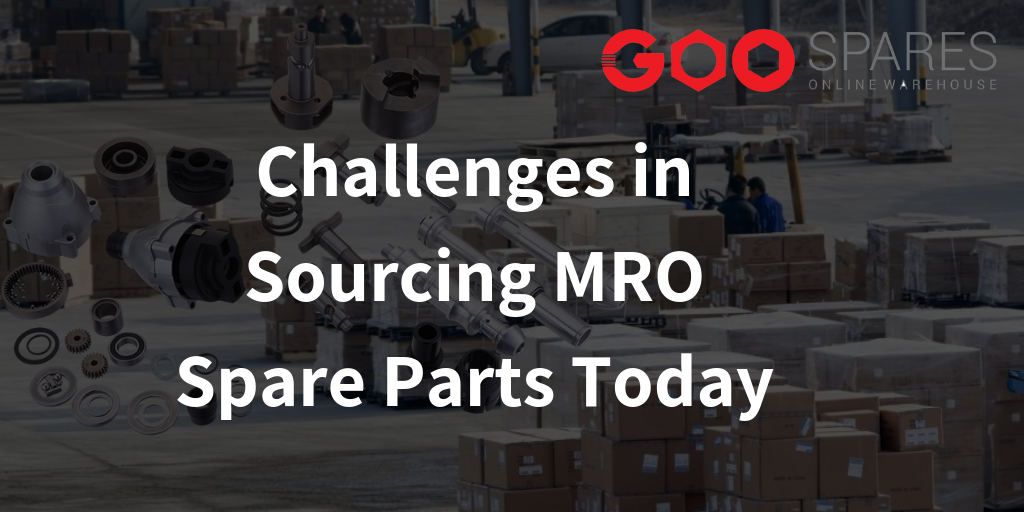Every industrial organization, either big or small, deal with MRO procurement, MRO Sourcing etc. In this process they usually buy new spare parts from the market. Many of their requirements can be critical in nature and so immediate delivery option is explored right then. Purchase Managers, Head of Procurement have a standard process in sourcing spare parts and considering the industry dynamics, the challenges are mounting up constantly from time to time. This article tries to highlight some of the key challenges that’s faced in sourcing MRO spare parts.
- Operational Cost
- Product Categories
- Supplier Risk
- Demand Forecasting
- Product SKU
- Product Cataloging
- Product Inspection
- Product Transparency
Operational Cost
Industrial organization’s budget mostly has operational costs included. As the maintenance spares are typically low cost products, they are not accounted for in the regular budgets. But these spare parts might be required in large numbers, though cost of individual spares could be low. With no or low budget allocation, they end up in buying low cost / cheap spares from the market, and NOT quality spares most of the time.
Product Categories
MRO spare parts, have long tail categories, and so, industries find it hard to find the right suppliers at the right time. For a procurement manager, it is important to keep track of every single spare in his inventory. So managing so many parts and that too with such vast number of categories becomes extremely challenging.
Supplier Risk
Uncertainty needs to be reduced greatly in MRO sourcing. If the supplier is unable to provide spares at the right time as required, it can bring down the operations of the company, and also significantly impacting their credibility with their customers as well. To offset this, Procurement team can enlist a number of industrial spare parts suppliers, but the list might not just be too long but then the product portfolio of each supplier needs to be managed as well.
Demand Forecasting:
Product based forecasting are tough especially when the organization deals with a large number of spare parts; more so,demand forecasting for those spare parts may be unrealistic as some parameters can be unpredictable. This is one of the most challenging factors for both procurement managers as well as spare parts buyers.
Product SKU:
SKU is a necessity for any industrial company to manage the inventory, to keep track of stock level, plan for reorder, to locate missing maintenance spare parts, to know the shortage and surplus inventory of stocks, etc.
SKU price varies from seller to seller, and when the numbers required are more it adds up significant cost to the company at the time of procurement. Companies may end up buying the same spares if the core SKU of a product is not well defined.
Product Cataloging:
Product catalogs are nothing but the information about all the products such as product name, product price, color, material, SKU, brand name, manufacturer name, part number etc. Maintaining new products, and constantly updating in their catalog is not just a challenge for industries, but also for the suppliers. Managing a number of vendors, and that too with numerous items including new that has different SKUs not properly structured can create issues at the time of procurement. This brings in a lot of commotion and companies end up with product duplication, stocking in excess, etc.
Product Inspection:
Delivering the products on time, every time, to the consumers so that the shelf life is not lost is a critical aspect to any operation. Inspecting each and every spare part for quality is a big challenge for every MRO spares distribution companies.
Product Transparency:
MRO Buyers look for product’s live status, such as live photos, videos, availability at that moment, etc. Price transparency is key concern for purchase managers as they need to reduce the cash outflow. Providing them with all these information on a real-time basis is important to bring transparency and trust in operations. Suppliers today are not geared up yet to provide this transparency to industries.








